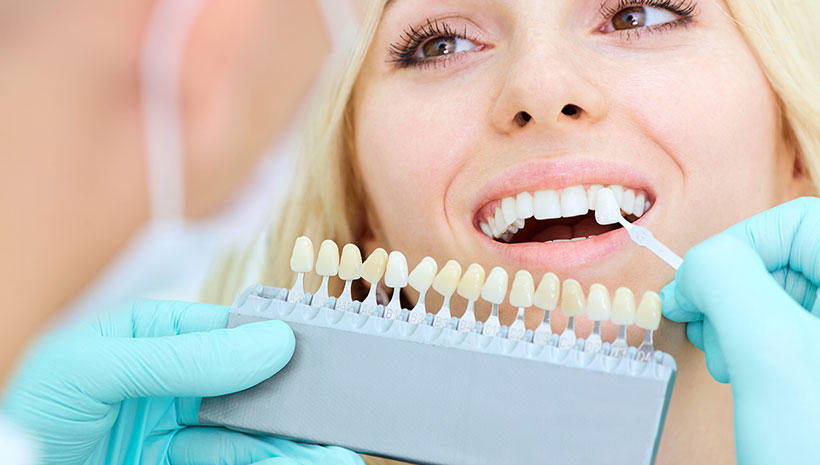
After undergoing a primary nose job, a revision of a previous nose job is necessary. Sometimes patients are unhappy with their initial results and want to make adjustments to their nose. Revisions are also common due to breathing difficulties. These can be caused by an accident, small obstructions or other reasons. The patient's overall health and cosmetic preferences will determine the outcome of a revision. These are the factors you should consider before scheduling a revision to a previous nasal job.
Rhinoplasty
Rhinoplasty is a common term for a plastic surgery procedure that alters and reconstructs the nose. Although there are many types, many people refer simply to it as a "nose job". The most common type is the revision. Rhinoplasty is a great choice for anyone who has difficulty breathing or is unhappy with their appearance.

Excision of the nasal hump
To remove the nasal hump, and to create a straighter nose, it is called nasal hump excision. The hump is composed of the cartilage, bone and above the scalloped-grey line. With a Jie Pou Dao, the surgeon removes the cartilage portion from the hump. To remove the nasal bulk, the surgeon uses an Ostotome. Bone-scraping rasps are used to sculpt the bone flap and the cartilage below.
Paramedian forehead flap
The paramedian forehead flap is a type of interpolated flap used in facial reconstruction to correct large defects in the face. This type of nose job is often used in large deformities such a cleft lips or cleft palate. This option is available to patients who smoke or suffer from other conditions that may prevent the donor region from healing. This procedure will leave a scar at the donor site, but is less invasive than other types of surgery.
Cost of Rhinoplasty
Although rhinoplasty is relatively affordable, it can still be expensive if you choose a well-known surgeon. A high-profile surgeon will charge more for the procedure than a plastic surgeon who has no reputation at all. It's important to research the credentials and review patient feedback in order to avoid this. While cost for rhinoplasty depends on the surgeon’s experience level and credentials, there are still other important factors to consider.

Recovery time following rhinoplasty
The recovery time after rhinoplasty depends on the amount of work required, the extent of the procedure, and the patient's health. A person can typically expect to experience some localised pain and swelling for two to six days after surgery. After this period, the swelling should recede and patients can return back to work the third day. While the pain after rhinoplasty may last for one to three months in most cases, some patients can feel it last up to a full year.